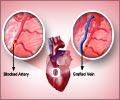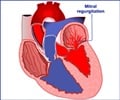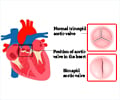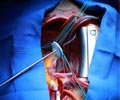- Cecil Medicine, 23rd Ed.
- Harrison's PRINCIPLES OF INTERNAL MEDICINE, 17th Edition.
About
Aortic valve Stenosis is an abnormal narrowing of the aortic valve. Symptoms include angina, syncope, and the symptoms of heart failure. Aortic valve replacement is the only proven effective therapy
Aortic valve governs the orifice from the lower left chamber of the heart to the aorta. With increased degree of narrowing there is an increased impediment of blood flow leading to catastrophe. An intact aortic valve is a must so as to ensure a smooth flow of blood pumped by the left ventricular chamber into the major vessel called aorta.
The causes of aortic stenosis
- Bicuspid and Other Congenitally Abnormal Aortic Valves
A Normal aortic valve has three thin leaflets called cusps (tricuspid). About 1% of the population is born with a bicuspid aortic valve, i.e. with only two cusps in the valve. There exists a male preponderance. Although this abnormality does not usually cause symptoms at birth these valves tend to deteriorate with age. By the time these individuals reach their 40s, 50s, and 60s aortic stenosis may develop.
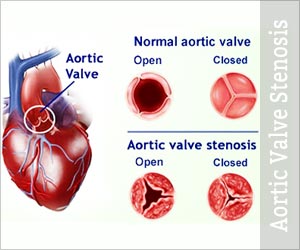
Congenital aortic stenosis from a unicuspid, bicuspid, or even abnormal tricuspid valve may cause symptoms during childhood and necessitates rectification by adolescence.
- Tricuspid Aortic Valve Stenosis
A previously normal tricuspid aortic valve can also develop thickening and calcification. Stenosis and calcifications were formerly considered to be degenerative processes.
Currents concepts are that this type of aortic stenosis arises from an active inflammatory process.
- Rheumatic Heart Disease
Scarring of the aortic valve due to











